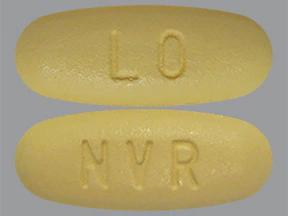Capmatinib and Alcohol/Food Interactions
There is 1 alcohol/food/lifestyle interaction with capmatinib.
Caffeine Capmatinib
Moderate Drug Interaction
GENERALLY AVOID: Coadministration with capmatinib may increase the plasma concentrations and risk of adverse effects of drugs that are substrates of CYP450 1A2. The proposed mechanism is decreased clearance due to capmatinib-mediated inhibition of CYP450 1A2 isoenzyme. Coadministration with capmatinib increased the systemic exposure (AUC0-INF) of caffeine (a CYP450 1A2 substrate) by 134%, but did not affect the peak plasma concentration (Cmax) of caffeine.
MANAGEMENT: Coadministration of capmatinib with drugs that are substrates of CYP450 1A2 should generally be avoided. However, if concomitant use is unavoidable, caution is advised, particularly with drugs that have a narrow therapeutic range. Clinical and laboratory monitoring should be considered whenever capmatinib is added to or withdrawn from therapy with these drugs, and the dosages adjusted as necessary. Patients should be monitored for the development of adverse effects.
References (1)
- (2020) "Product Information. Tabrecta (capmatinib)." Novartis Pharmaceuticals
Switch to consumer interaction data
Capmatinib drug interactions
There are 314 drug interactions with capmatinib.
Capmatinib disease interactions
There are 4 disease interactions with capmatinib which include:
More about capmatinib
- capmatinib consumer information
- Check interactions
- Compare alternatives
- Reviews (1)
- Side effects
- Dosage information
- During pregnancy
- Drug class: multikinase inhibitors
- Breastfeeding
- En español
Related treatment guides
Drug Interaction Classification
| Highly clinically significant. Avoid combinations; the risk of the interaction outweighs the benefit. | |
| Moderately clinically significant. Usually avoid combinations; use it only under special circumstances. | |
| Minimally clinically significant. Minimize risk; assess risk and consider an alternative drug, take steps to circumvent the interaction risk and/or institute a monitoring plan. | |
| No interaction information available. |
See also:
Further information
Always consult your healthcare provider to ensure the information displayed on this page applies to your personal circumstances.


